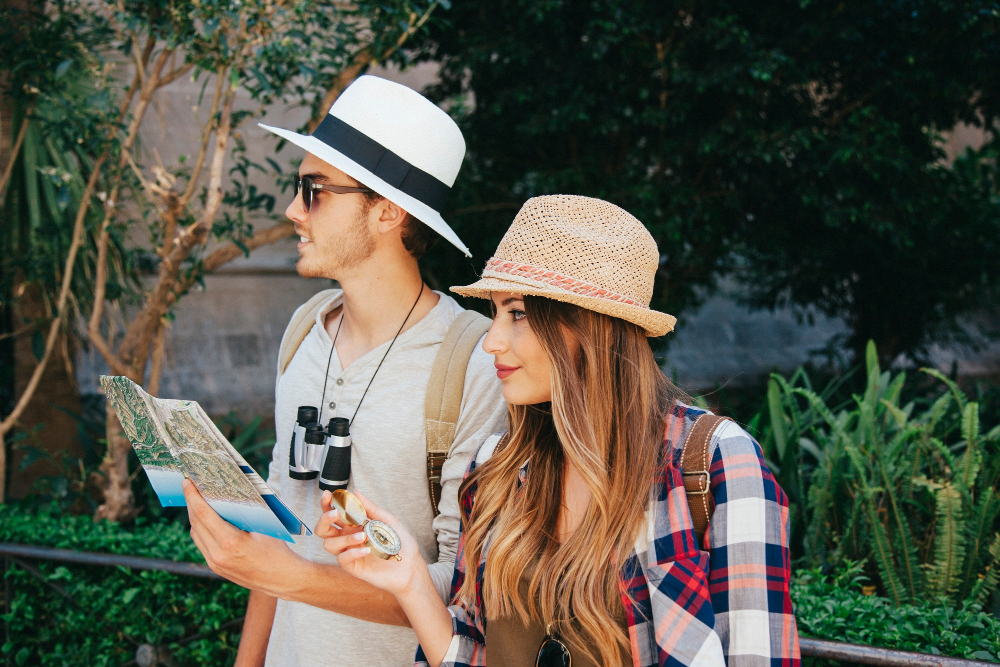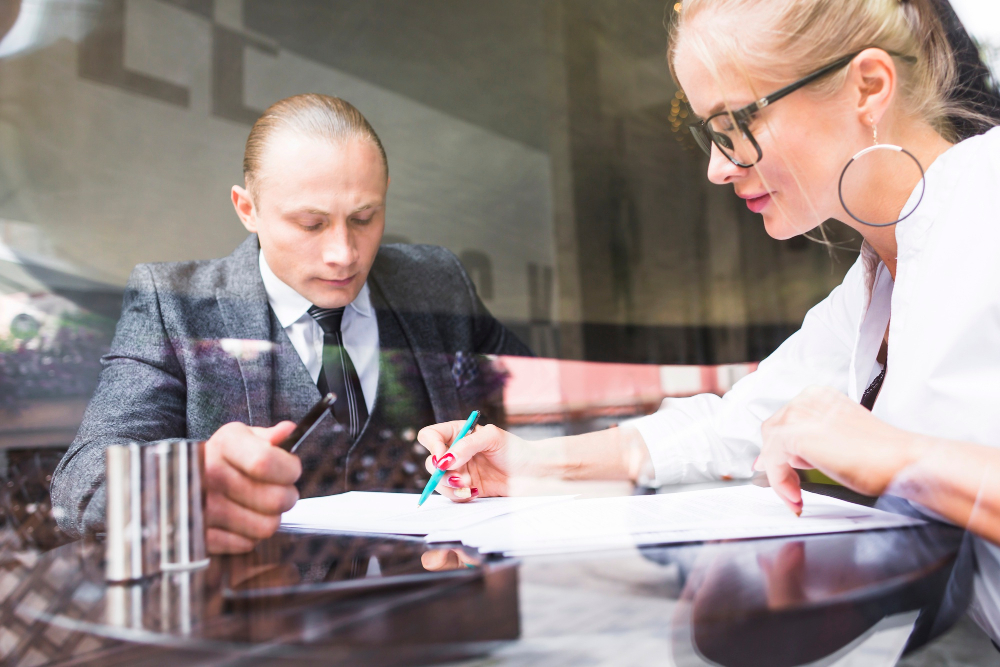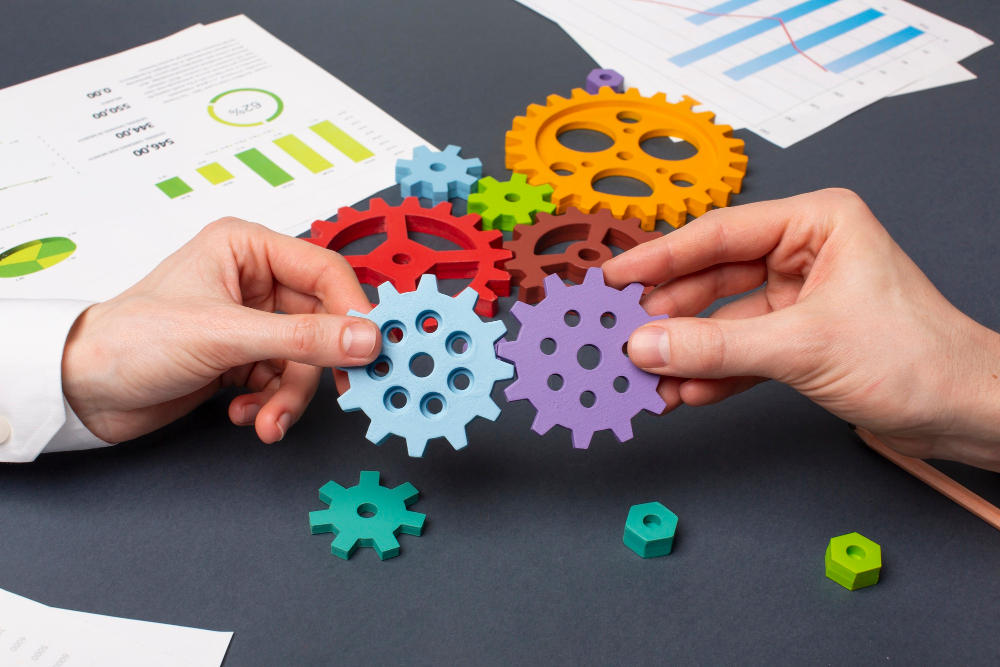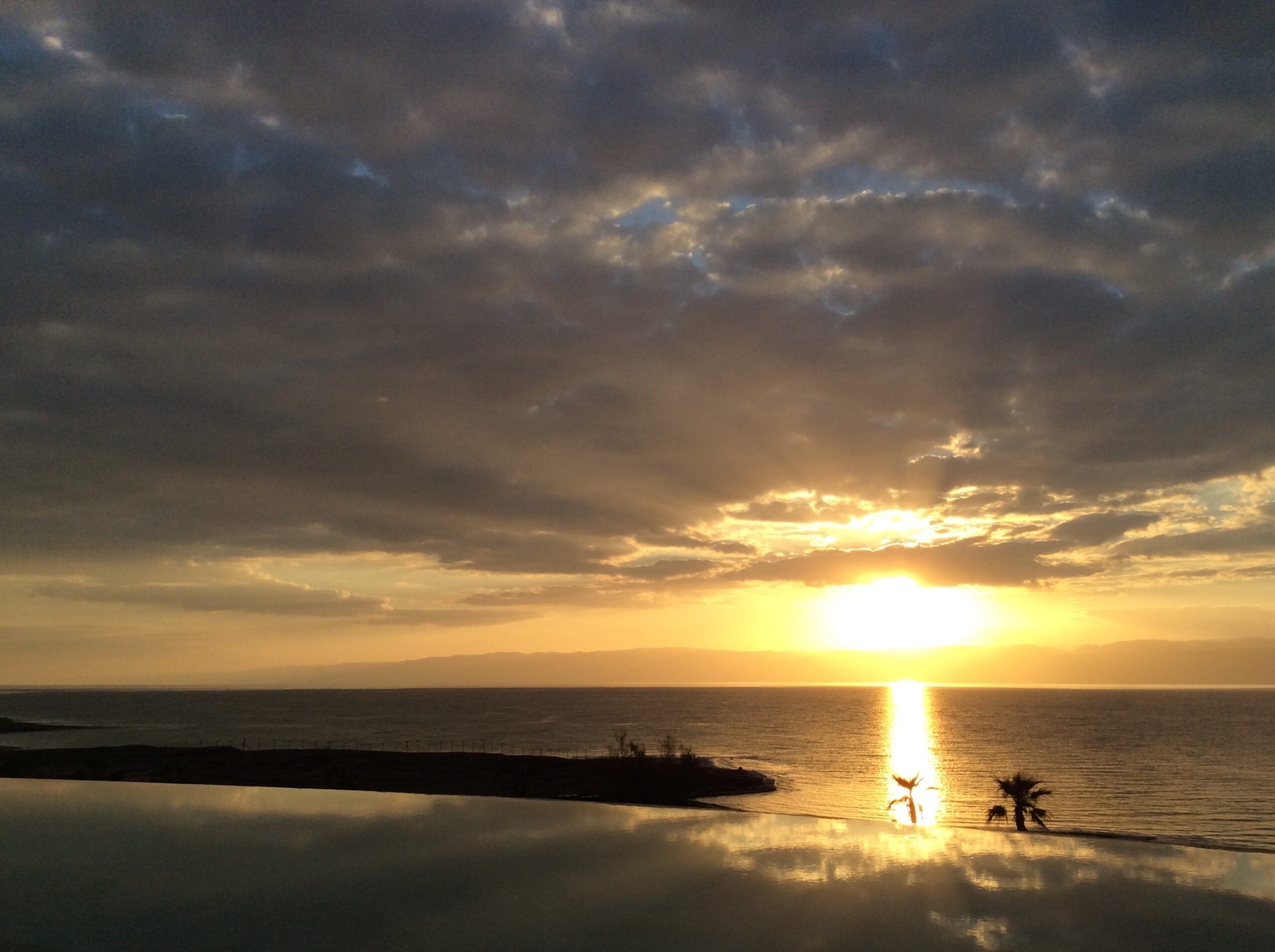
Identifying Natural, Cultural, & Social Assets
We conduct thorough assessments of tourism attractions, assets and
infrastructure to provide a full inventory of the key natural,
cultural and urban assets which form the primary destination
attractions. Each are explored ... to ensure tourism impacts are minimised, while developing products and services that create the
authentic experiences which build the destinations’ identity and
reputation.
Great attention is paid to diversification of products
and service options, with infrastructure minimising environmental
impacts of tourist traffic.Read More

Identifying Enablers of Tourism
A destinations’ regulations and policies can enable or deter tourism,
and often are limiting factors to success.
Policy on
Immigration and Visa processes or enforcement of public health, safety
and ...security have a substantial influence on tourism flows.
The extent and flexibility of government investment incentives
enable or detract from sound investments in tourism, and a
restrictive banking sector affects ease of travel and spending
patterns. Read More

Tourism Value-Chain Gap Analysis
The economic value-chain created by tourism requires identification of
gaps in infrastructure, facilities and services which provide a
‘joined up’ visitor experience.
This top-down and bottom-up analysis will provide insights into ... investment and development opportunities, often revealing economic diversification potential.
Encouraging
local businesses and communities to participate in these
opportunities further strengthen tourism’s economic contribution. Read More

Quality Standards and the Regulatory Environment
The legal capability of local authorities to license, control and
enforce quality, safety and service standards the industry is
essential. Consistency of legal due process and quality standards is
simply essential to sustainable, quality tourism development.
...
We have established impartial Inspectorates, with
transparent guidelines supported by clear processes, standards,
grading & classification .
Swift resolution in cases of
a breach of standards, or in cases of dispute, allows rectification
without undue interruption to businesses. Read More

Tourism Sector development and market data
The readiness of a destination across the core tourism sectors,
(Leisure, MICE, Adventure, Health & Wellness, etc.) is measured and
matched with potential growth markets. ...
This insight is gained by developing systems for
gathering in-depth data, market analytics, and benchmarks. Read More

Tourist Distribution Models & Local Accessibility
Accessibility and tourist circulation within a destination can greatly
affect tourist density and overcrowding, reducing the quality of
experience and creating safety and security issues.
Circular tourist
routes or hub-and-spoke distribution models may be used and ... adapted to
local conditions to create positive experiences through tourist circulation between key attractions.
By studying and understanding the dynamics of local transportation hubs and nodes overcrowding is
avoided. We have seen in some cases that tourist visitation has actually increased through provision of better circulation and
distribution across the destination.Read More

Industry readiness and maturity
Balancing cyclical or seasonal tourist demand with suitable
accommodation and service supply challenges every destination.
This is
made more complex by the availability of skills, experience and
communication across the tourism value-chain....
However, solutions exist
in diversification of offerings and developing tourism products and
assets which are adaptable and multifunctional.
We have been
successful over the last decade in assisting destinations and
attractions making the needed changes to enhance their maturity and
adaptability.Read More

Market availability
For any destination, big or small, it is the careful selection of
realistic, prioritised markets that gives tourism developments their
growth strategy a platform for success....
Markets may be desirable, but accessibility and marketing costs to capture that sector may not be
feasible. Setting goals, and planning acquisition costs for particular markets, are key. The destination must then ensure the customer expectations and actual experiences are met, if the destination is to reflect the ‘brand’ reputation they portray.Read More

Desirability & Constraints
Every destination development strategy must balance increased tourist
exposure with the prevailing natural habitats, resource limitations
and local community needs. ...
Precious ecosystems and natural attractions
are easily devalued through over-crowding and poor management.
Managing local community expectations and matching local tourism
products and services to target market demands forms a value-chain for
success.
However, when local communities see their resources being
diverted, or feel "pushed out" by tourists there is a great risk of
unsustainable friction between host and visitor.Read More



